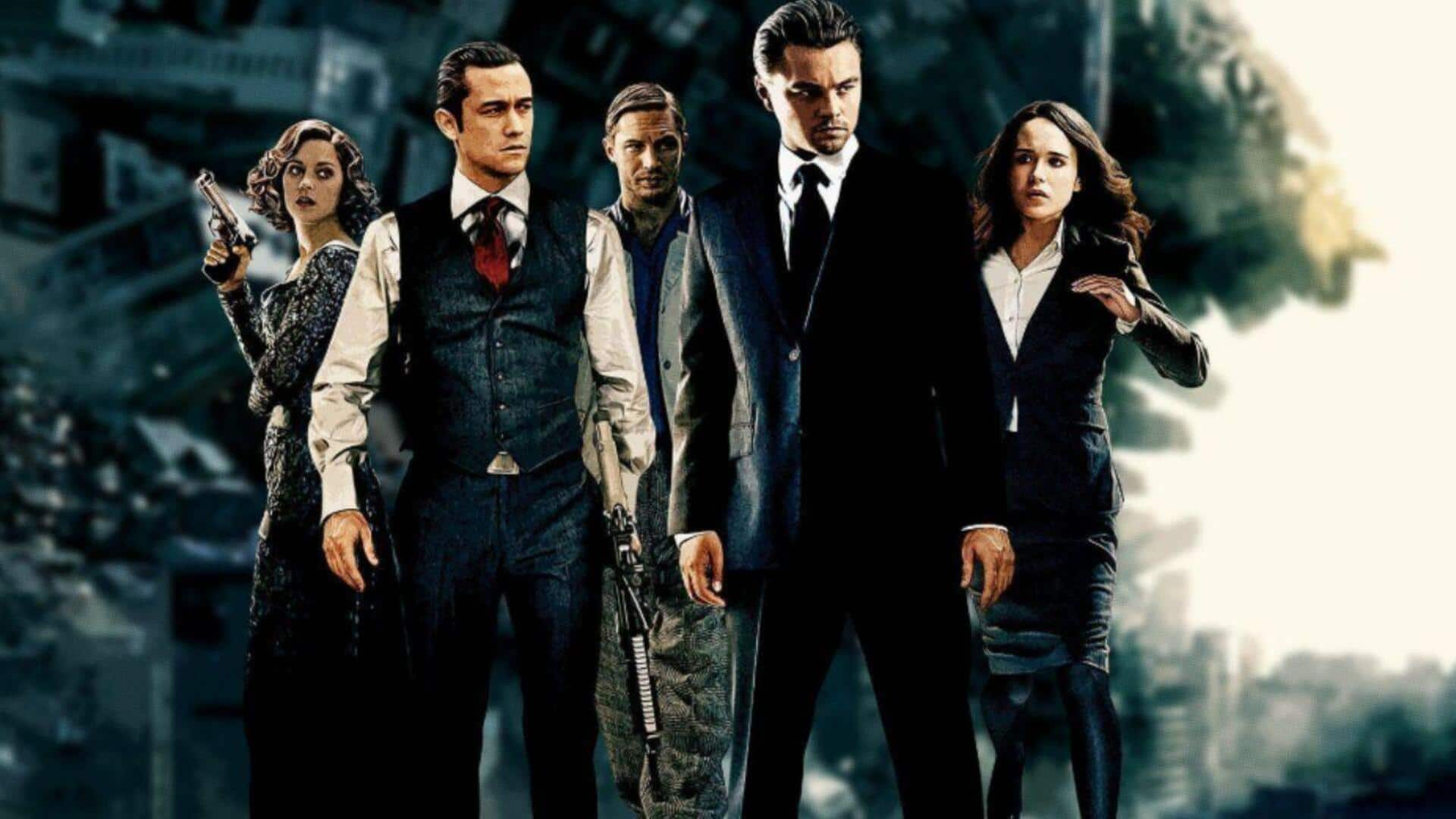
The real-life science that inspired Nolan's 'Inception'
What's the story
Christopher Nolan's masterpiece, Inception, explores the intriguing realm of dreams, especially lucid dreaming. Lucid dreaming is when a person realizes they are dreaming, and sometimes, they can even steer the course of the dream. The film gets many facets of this phenomenon right. By looking into these elements, we can understand what Inception gets right about lucid dreaming and how it relates to reality.
#1
Awareness within dreams
One of the most important elements of lucid dreaming depicted in Inception is the awareness of dreams. In real life, once you become conscious in a dream, you know that you're dreaming. This awareness is critical to manipulate or change the course of the dream. The movie depicts characters who recognize they're dreaming and use that knowledge to traverse complex dreamscapes.
#2
Manipulating dream environments
The idea of manipulating environments within dreams is another aspect that Inception gets right. In lucid dreams, people often discover they're able to change the setting or object at will. This is similar to scenes in the movie where characters reshape their surroundings to meet certain goals or escape threats, reflecting how some people have control over their worlds in dreams.
#3
Time perception differences
Time perception in dreams is vastly different from reality, much like in Inception. The movie demonstrates how time passes more slowly in dreams than in waking life—a phenomenon called time dilation. Most lucid dreamers claim to spend much longer in their dreams, even though only minutes have passed in reality. This is similar to the movie's portrayal of layered dream levels, wherein time stretches out further with each layer.
#4
Shared dream experiences
While shared dreaming is mostly speculative outside fiction, Inception delved into this fascinating concept by allowing several characters to enter and interact within a single shared dream space. Not scientifically proven, but some anecdotal reports did suggest people have witnessed something similar during group meditation or synchronized sleep sessions—adding an element of plausibility to this cinematic concept.